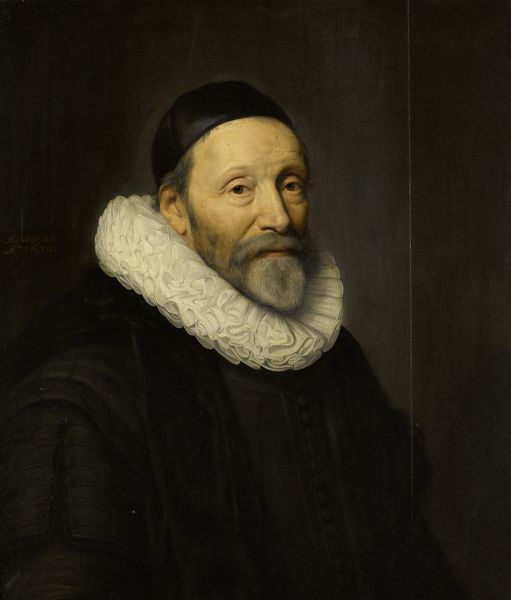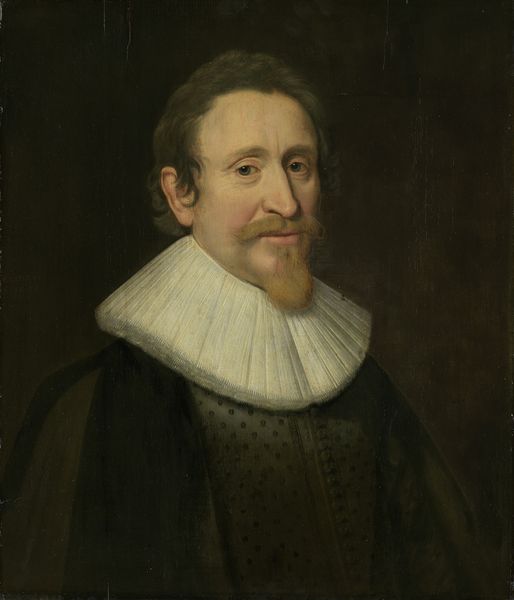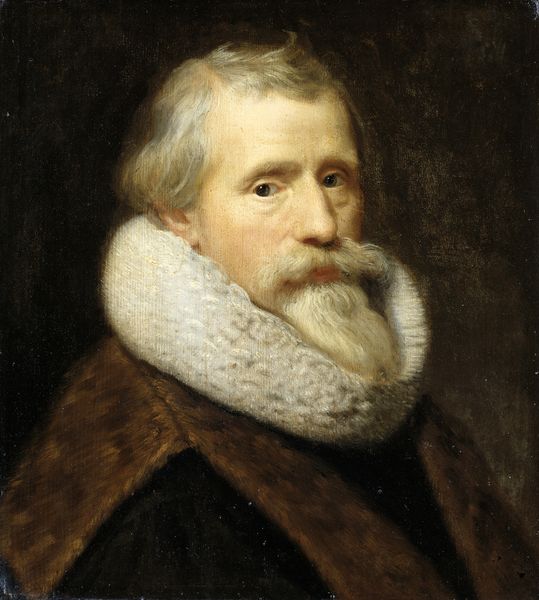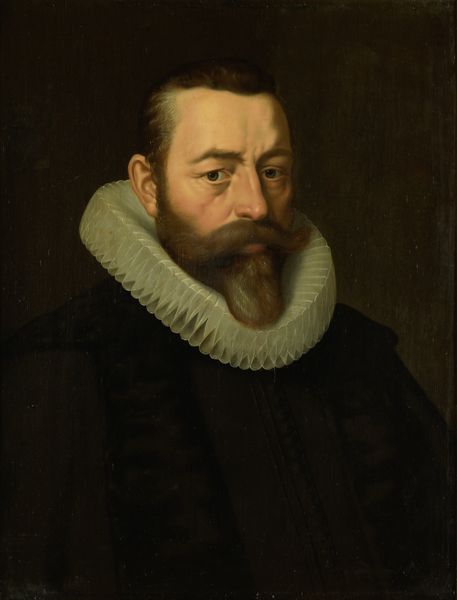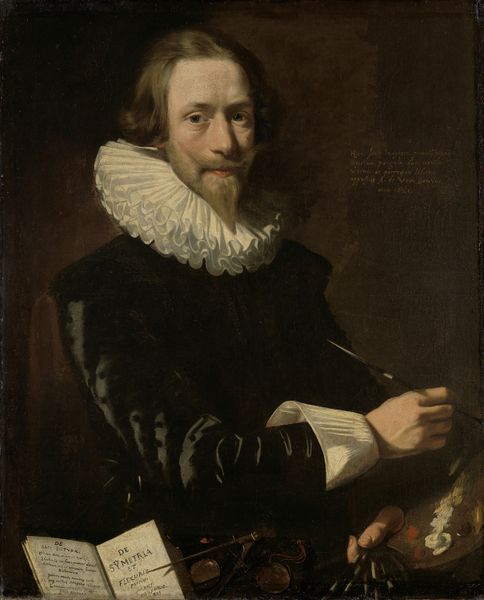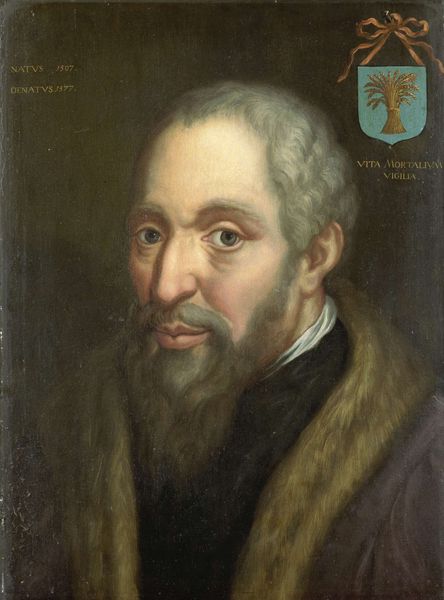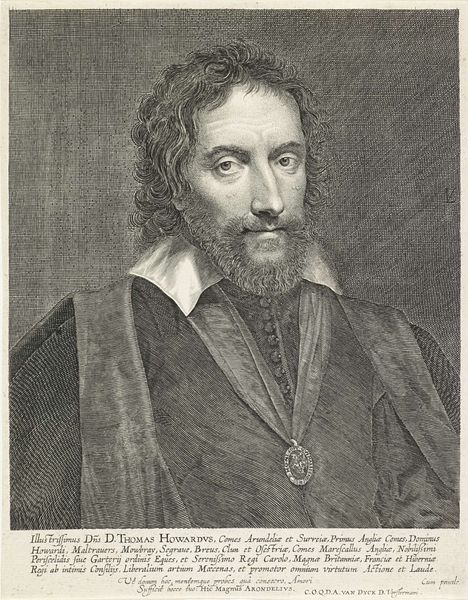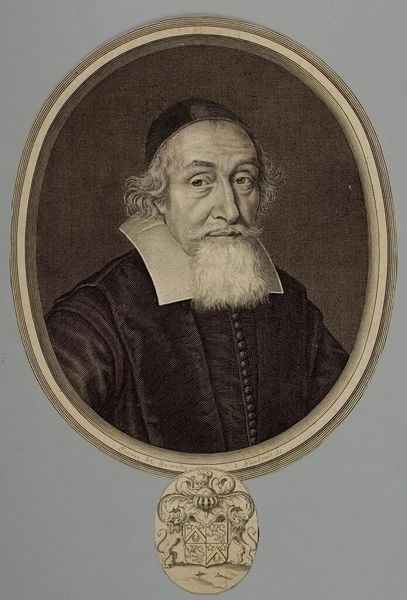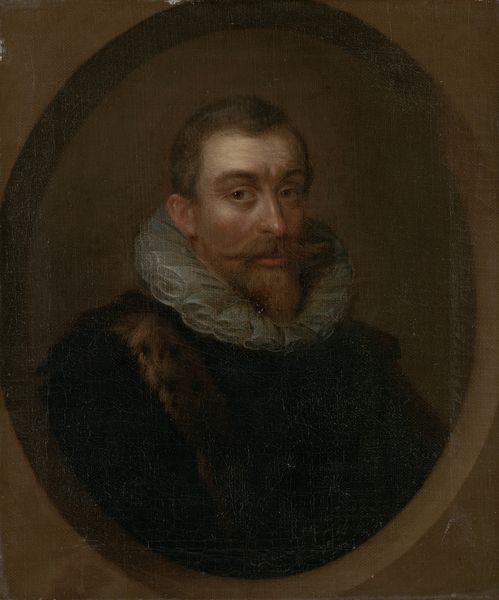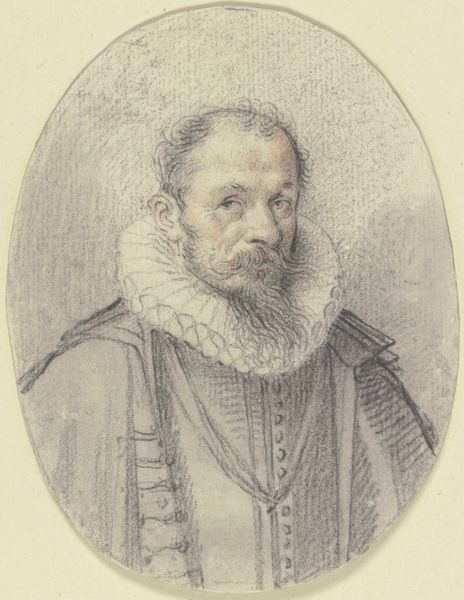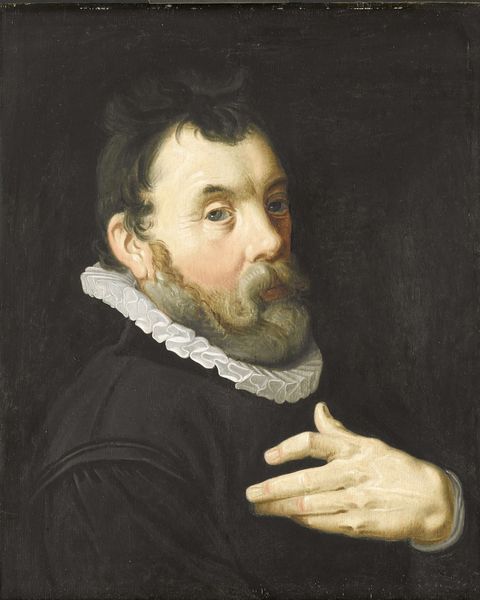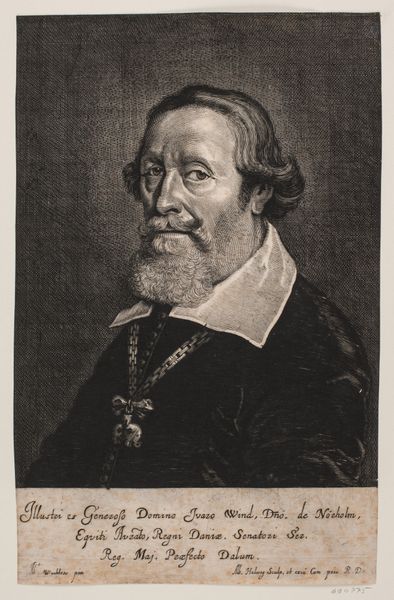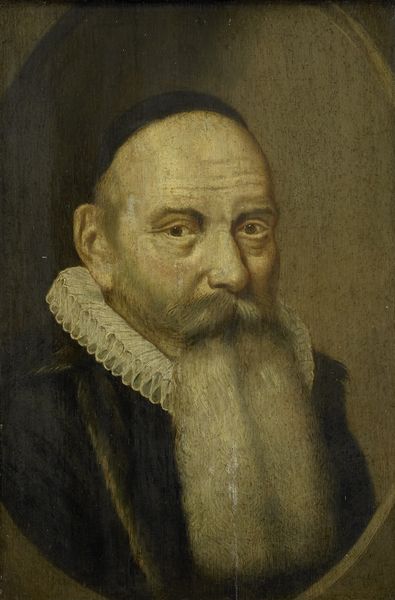
painting, oil-paint
#
portrait
#
self-portrait
#
baroque
#
portrait
#
painting
#
oil-paint
Dimensions: support height 30.8 cm, support width 23.8 cm, outer size depth 6 cm
Copyright: Rijks Museum: Open Domain
Editor: This is "Portrait of a Man, probably a Clergyman," painted around 1650 by Anthonie Palamedesz. in oil paint. There's something so... intense about his gaze. Almost unsettling. What strikes you when you look at this piece? Curator: Oh, absolutely. The man holds our gaze, doesn’t he? Palamedesz. captures him with such directness. It’s more than just a likeness; it feels like an invitation – or perhaps a challenge – to truly *see* him. Notice the restrained palette. Somber blacks contrast with the stark white of his collar, drawing attention to the face. Editor: Yes, the limited color palette really emphasizes his face. Is that typical of portraits from this period? Curator: Restraint was quite common, yes, particularly in portraits of the clergy or other figures of authority. But it also allowed the artist to focus on conveying character through subtle details - the slight furrow of his brow, the glint in his eyes, even the way the light catches the texture of his beard. You can almost feel the weight of his thoughts, can’t you? Does the gaze look sorrowful to you? Editor: I do feel it has an element of melancholy. Looking at it more closely, his eyes look tired. What is your impression of who this man was? Curator: The man's identity remains a bit of a delicious mystery! The "probably a clergyman" suggests educated speculation rather than firm knowledge. But I fancy him as a wise yet perhaps weary figure, grappling with questions of faith or maybe just the everyday struggles of humanity. It also makes me ponder whether his direct look might have to do with artists reflecting their internal reality with figures to relate with, to discuss ideas through painting. Editor: It's interesting to consider him as someone facing internal struggles rather than simply a powerful authority figure. I’m taking away a new understanding of the artist's intentions here. Curator: Exactly. And maybe that's the most beautiful thing about art, isn’t it? It gives us this portal into worlds we can inhabit only for a moment. And the better it's done, the better the world will feel in this little interlude, and linger once it ends.
Comments
No comments
Be the first to comment and join the conversation on the ultimate creative platform.
